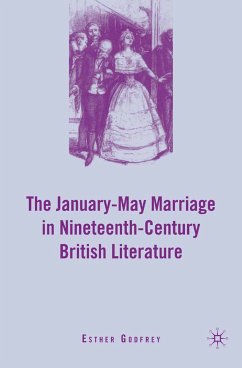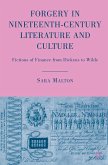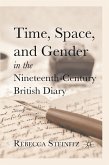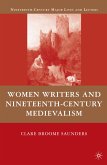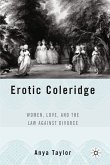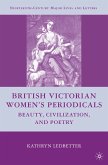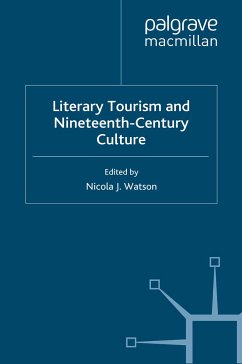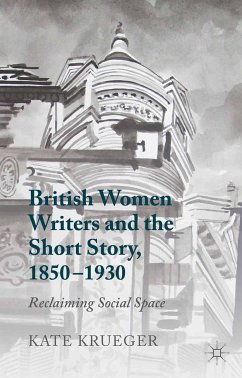"In her readings of primary materials, Godfrey skillfully unpacks the nuances of text and image. Her book provides a compelling account of the January-May marriage in Victorian literature and art. Those seeking a detailed discussion of middle-class gender and power in the nineteenth century will find that it repays close attention." - Victorian Studies
"Reminding us how pervasive the representations of January-May marriages were in Victorian literature and the visual arts, from Jane Eyre, Middlemarch, and Bleak House to Tithonus, Pompilia, or Sir William Quiller Marriage Mariage de Convenance sequence of paintings, Godfrey expertly discloses their mobile, unsettling implications. If such marriages could suggest the traffic in women, they also underscored aging male bodies that rendered husbands vulnerable in the presence of young wives who might exercise desire - for wealth, status, or the attractions of younger men. Suggesting father-daughter incest in several of Dickens's narratives, the January-May marriage could also enact sacrificial or perverse love. Alert to the multiple valences of gender, power, and desire, Godfrey illuminates Victorian courtship and marriage narratives while also providing the historical back story of the trophy wife." - Linda K. Hughes, Addie Levy Professor of Literature, Texas Christian University
"Reminding us how pervasive the representations of January-May marriages were in Victorian literature and the visual arts, from Jane Eyre, Middlemarch, and Bleak House to Tithonus, Pompilia, or Sir William Quiller Marriage Mariage de Convenance sequence of paintings, Godfrey expertly discloses their mobile, unsettling implications. If such marriages could suggest the traffic in women, they also underscored aging male bodies that rendered husbands vulnerable in the presence of young wives who might exercise desire - for wealth, status, or the attractions of younger men. Suggesting father-daughter incest in several of Dickens's narratives, the January-May marriage could also enact sacrificial or perverse love. Alert to the multiple valences of gender, power, and desire, Godfrey illuminates Victorian courtship and marriage narratives while also providing the historical back story of the trophy wife." - Linda K. Hughes, Addie Levy Professor of Literature, Texas Christian University
